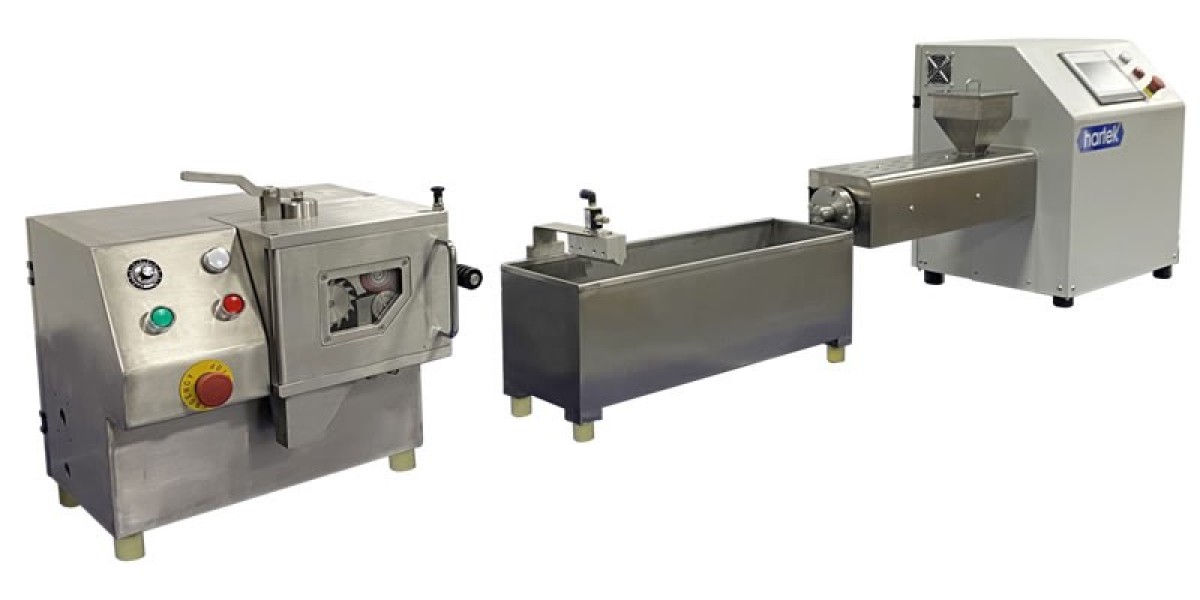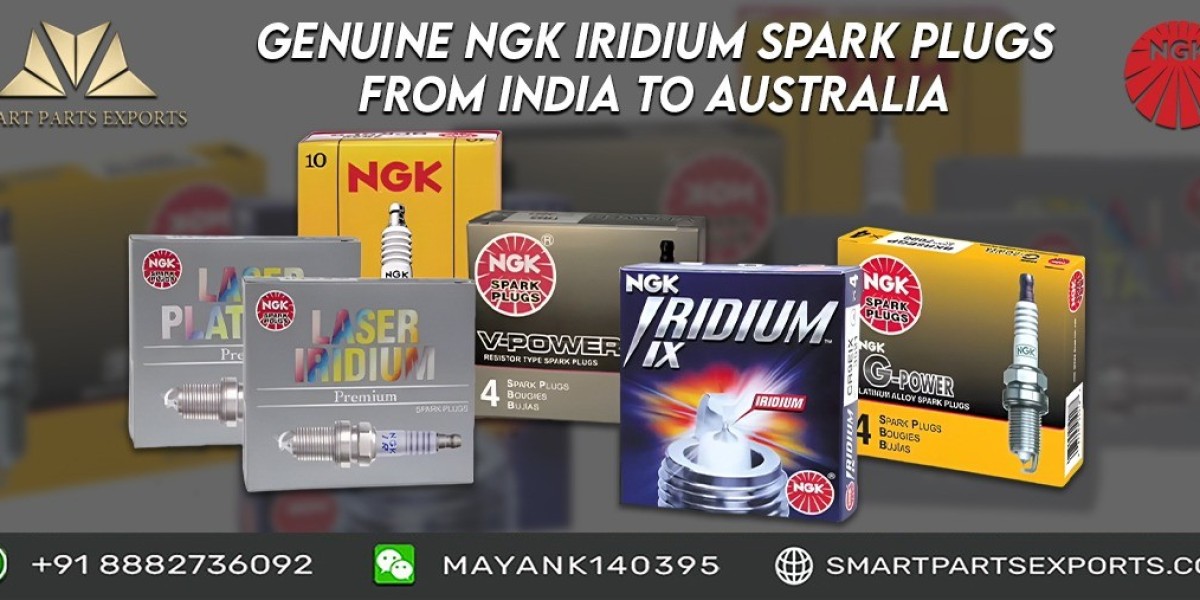1. Implement Rigorous Preventive & Predictive Maintenance:
o Why: Unplanned downtime is a major killer of efficiency.
o How: Schedule regular maintenance for critical equipment (extruders, cutters, haul-offs, dies, cooling tanks). Use vibration analysis, thermography, and oil analysis for predictive insights. Maintain detailed maintenance logs. Prioritize critical spares inventory.
o Benefit: Maximizes uptime, reduces catastrophic failures, extends equipment life, ensures consistent output quality.
2. Optimize Process Control & Automation:
o Why: Manual control leads to variability and slower response times.
o How: Utilize advanced PLC/SCADA systems for precise control of temperatures, speeds, pressures, and cooling rates. Implement closed-loop control systems (e.g., automatic wall thickness control via ultrasonic gauges). Automate material handling, labeling, and packaging where feasible.
o Benefit: Improves product consistency, reduces scrap/rework, increases line speed stability, allows faster changeovers, reduces operator error.
3. Enhance Material Handling & Consistency:
o Why: Inconsistent raw materials (pellets, additives, steel coil) directly impact process stability and final product quality.
o How: Ensure proper drying of hygroscopic materials (like many polymers). Implement consistent blending and feeding systems (gravimetric feeders). Establish strict material specifications and incoming inspection protocols. Optimize storage conditions to prevent contamination or degradation.
o Benefit: Reduces process fluctuations, minimizes defects (gels, voids, inconsistent properties), improves yield.
4. Strengthen Real-Time Quality Monitoring:
o Why: Catching defects late wastes material and time.
o How: Install in-line measurement systems (laser micrometers, ultrasonic wall thickness gauges, ovality sensors, vision systems for surface defects). Integrate data directly into process control systems for immediate feedback/automatic adjustment. Train operators on rapid visual inspection techniques.
o Benefit: Enables immediate corrective action, drastically reduces scrap rates, provides data for process optimization, ensures consistent quality standards.
1. Invest in Operator Training & Empowerment:
o Why: Skilled, engaged operators are crucial for smooth operation and problem-solving.
o How: Provide comprehensive training on equipment operation, process parameters, quality standards, troubleshooting, and safety. Cross-train operators for flexibility. Empower them to stop the line for quality/safety issues and involve them in continuous improvement initiatives (Kaizen).
o Benefit: Reduces minor stoppages, improves problem-solving speed, increases ownership and morale, enhances overall line responsiveness.
2. Streamline Changeovers (SMED - Single Minute Exchange of Die):
o Why: Long changeover times significantly reduce overall equipment effectiveness (OEE).
o How: Apply SMED principles: Separate internal (must stop machine) and external (can be done while running) tasks. Standardize tools and procedures. Use quick-change systems for dies, calibrators, and tooling. Pre-stage materials and tooling for the next run. Time and continuously improve changeovers.
o Benefit: Dramatically reduces downtime between production runs, increases flexibility for smaller batches, boosts overall OEE.
3. Focus on Continuous Improvement & Data Analysis:
o Why: Sustained improvement requires constant analysis and action.
o How: Track key performance indicators (KPIs) religiously: OEE, Scrap Rate, Throughput (kg/m/hr), Downtime Reasons, Changeover Time, Energy Consumption. Regularly analyze this data to identify bottlenecks, recurring problems, and improvement opportunities. Implement structured problem-solving (e.g., Root Cause Analysis - RCA). Foster a culture where everyone contributes ideas.
o Benefit: Drives ongoing efficiency gains, reduces waste, optimizes resource allocation, ensures long-term competitiveness.
Key Takeaway: Improving pipe line performance isn't about one magic fix. It's a holistic approach combining reliable equipment (Maintenance), precise control (Automation), consistent inputs (Materials), vigilant quality (Monitoring), skilled people (Training), efficient transitions (SMED), and a culture of data-driven improvement. Focus on these interconnected areas for significant gains.







